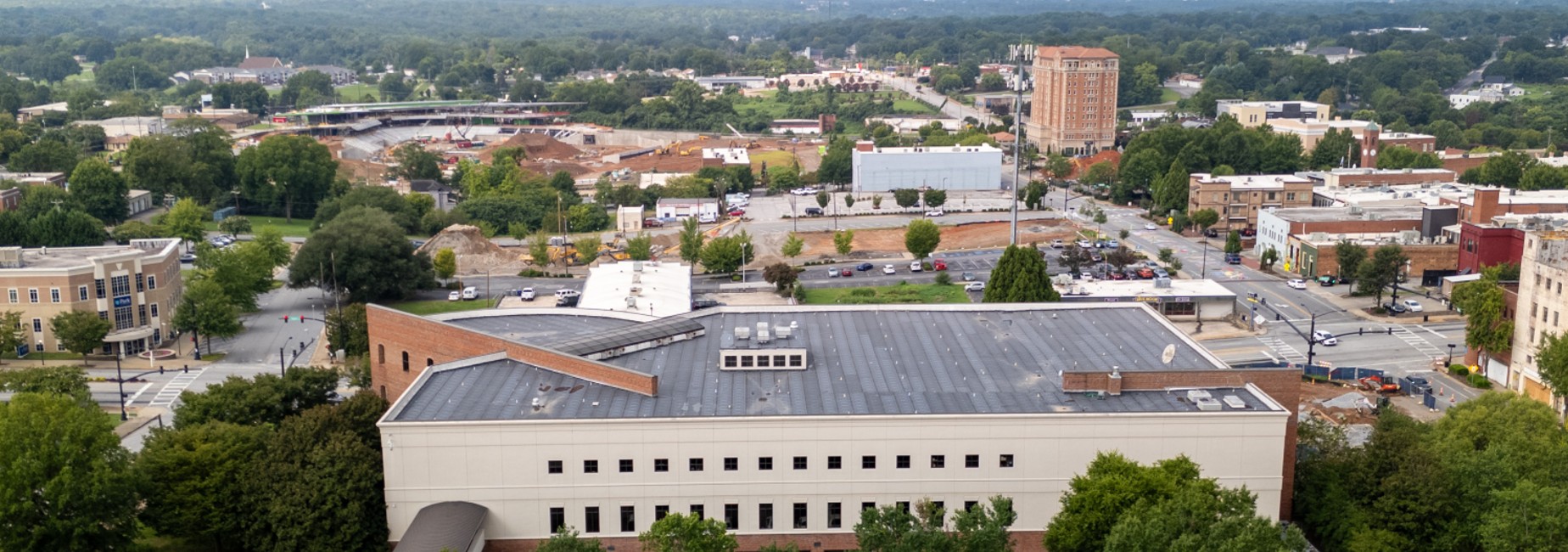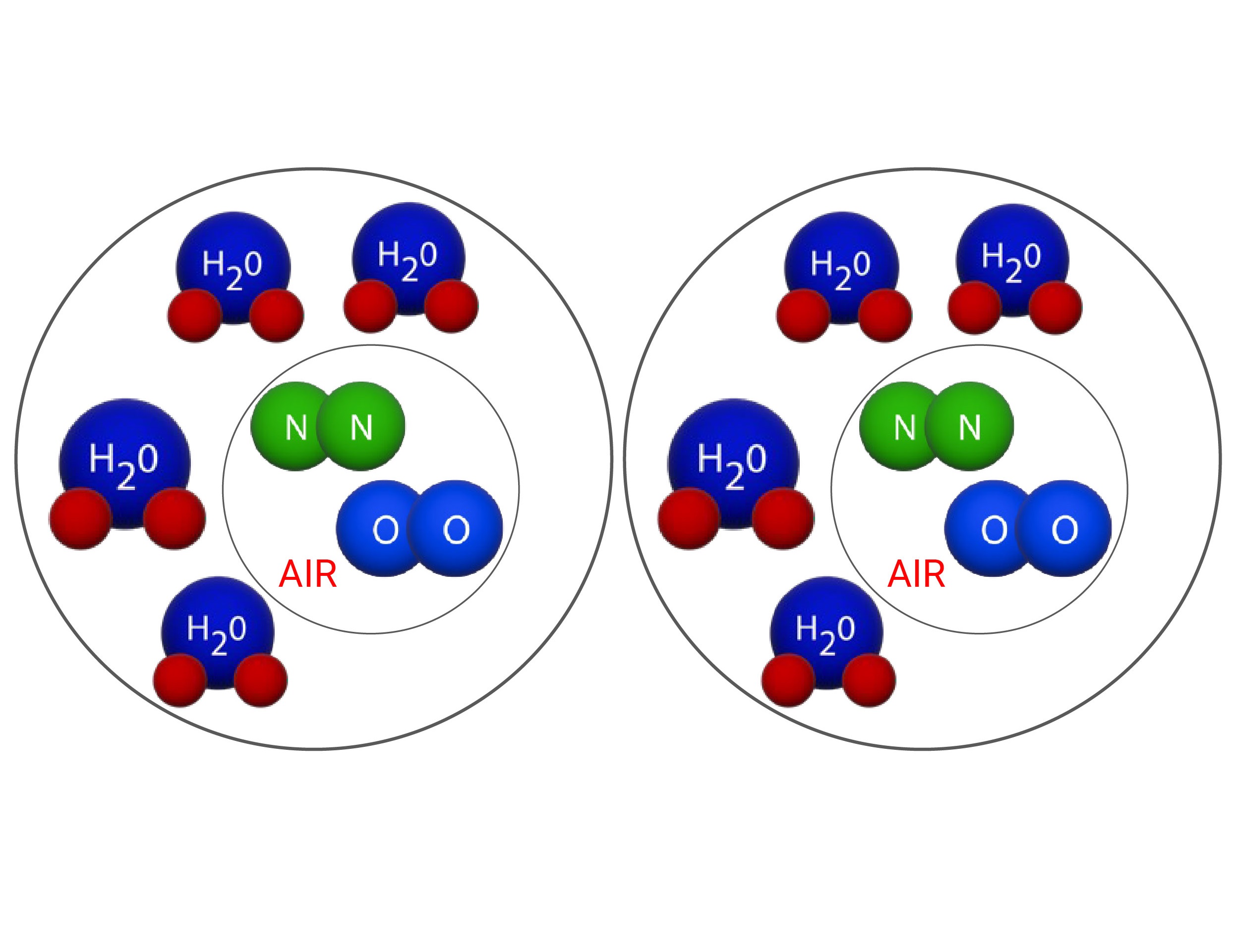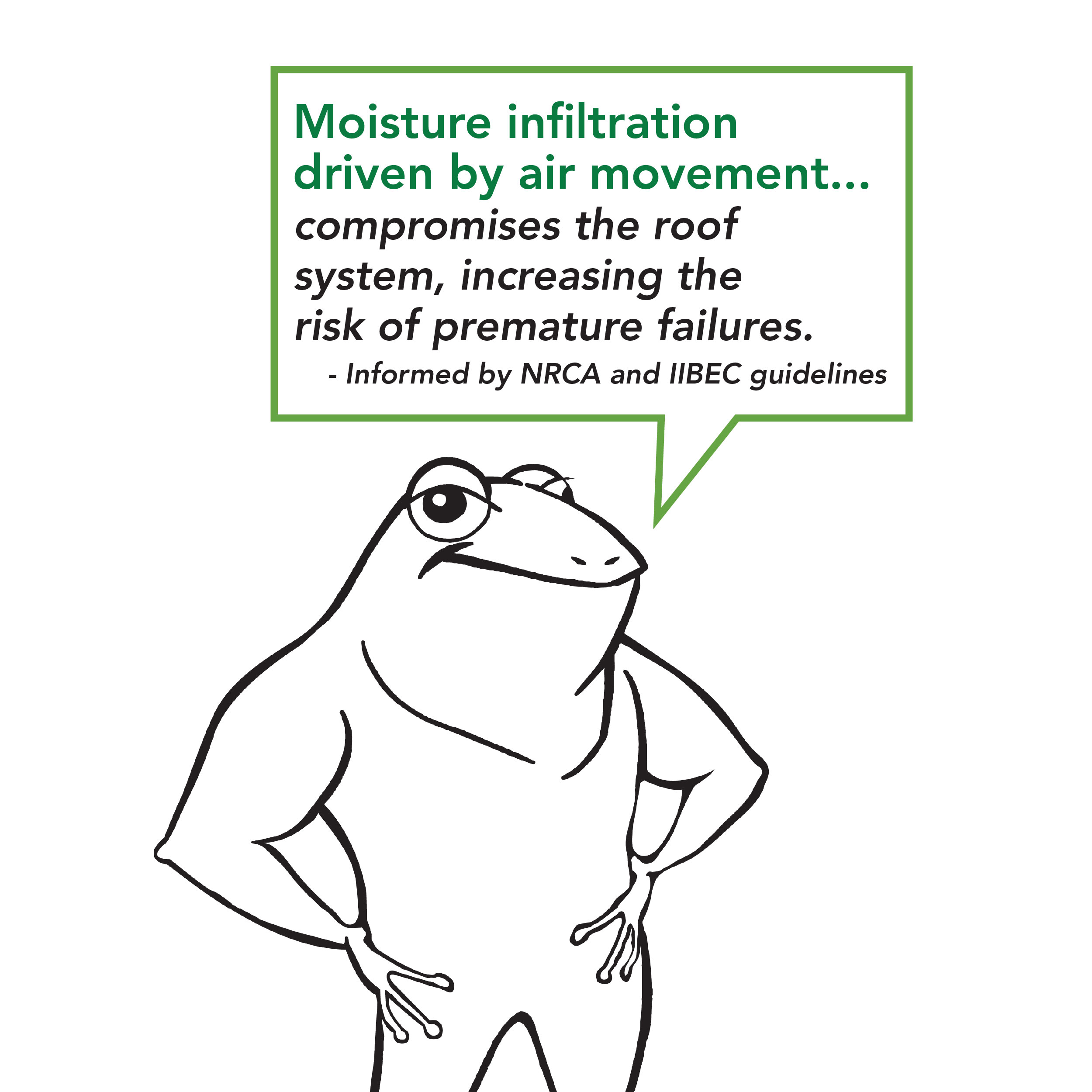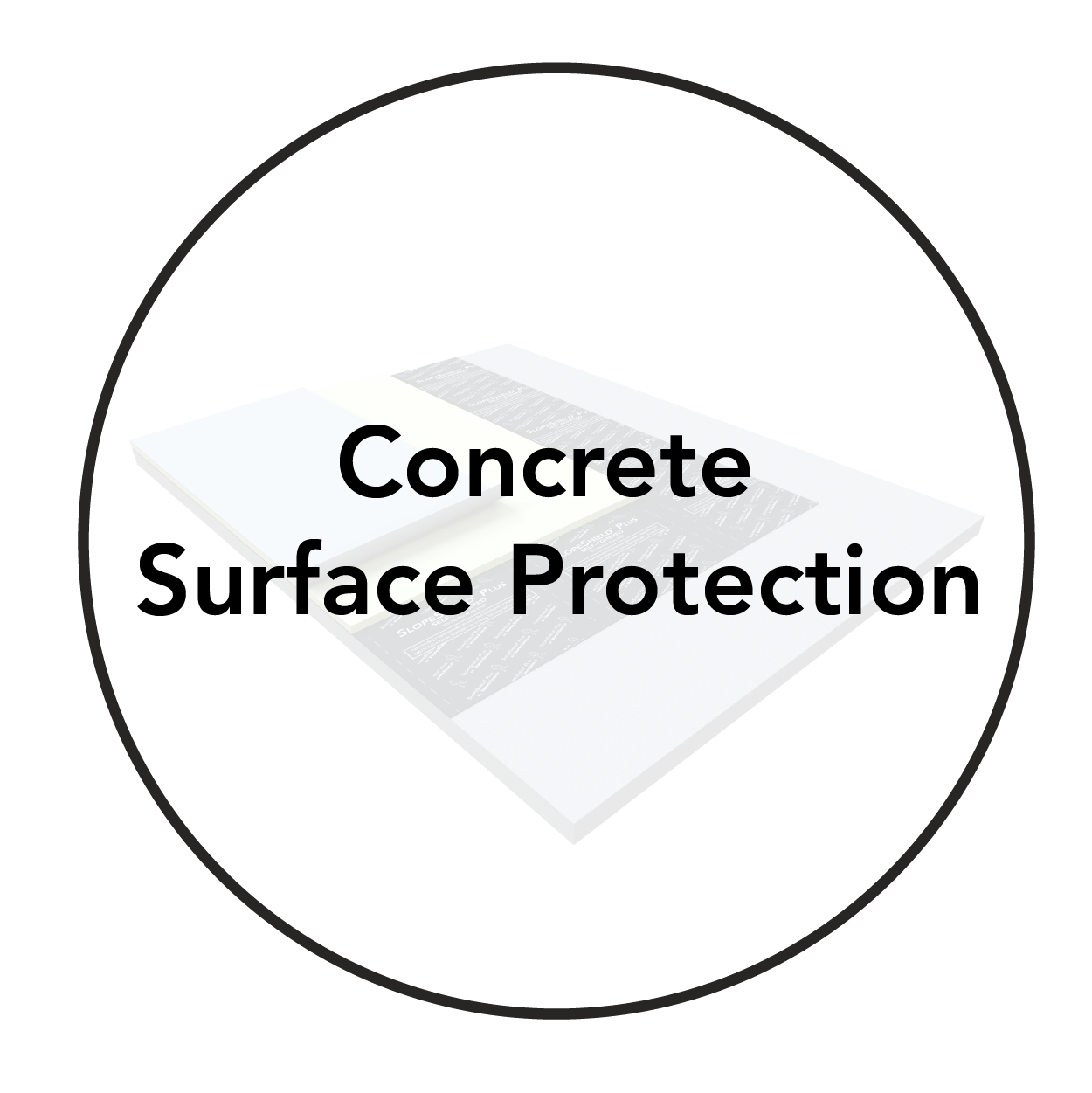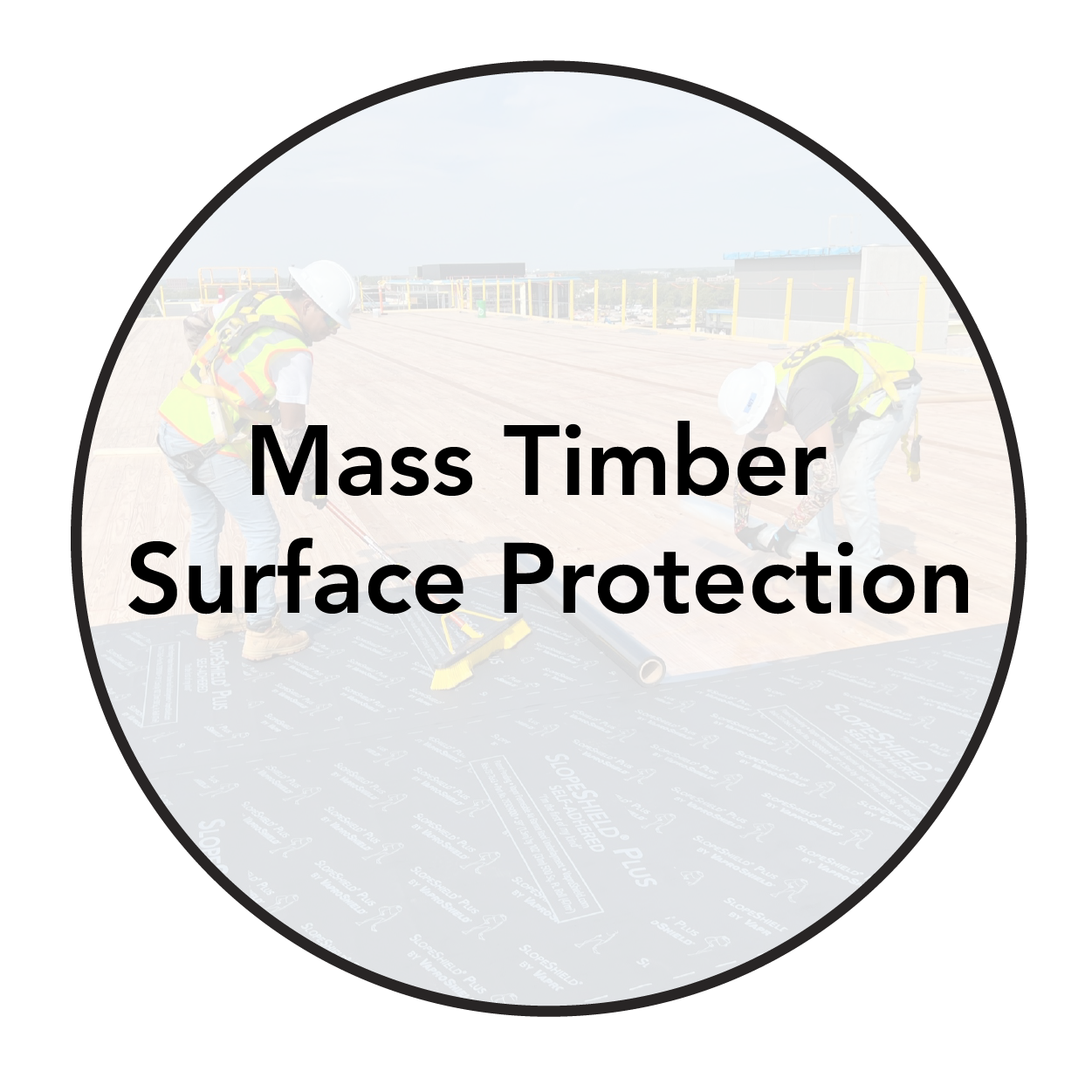
Issue: Moisture Intrusion in the Roof Assembly
Relying on Staggered ISO as an Air Barrier Causes Moisture Intrusion
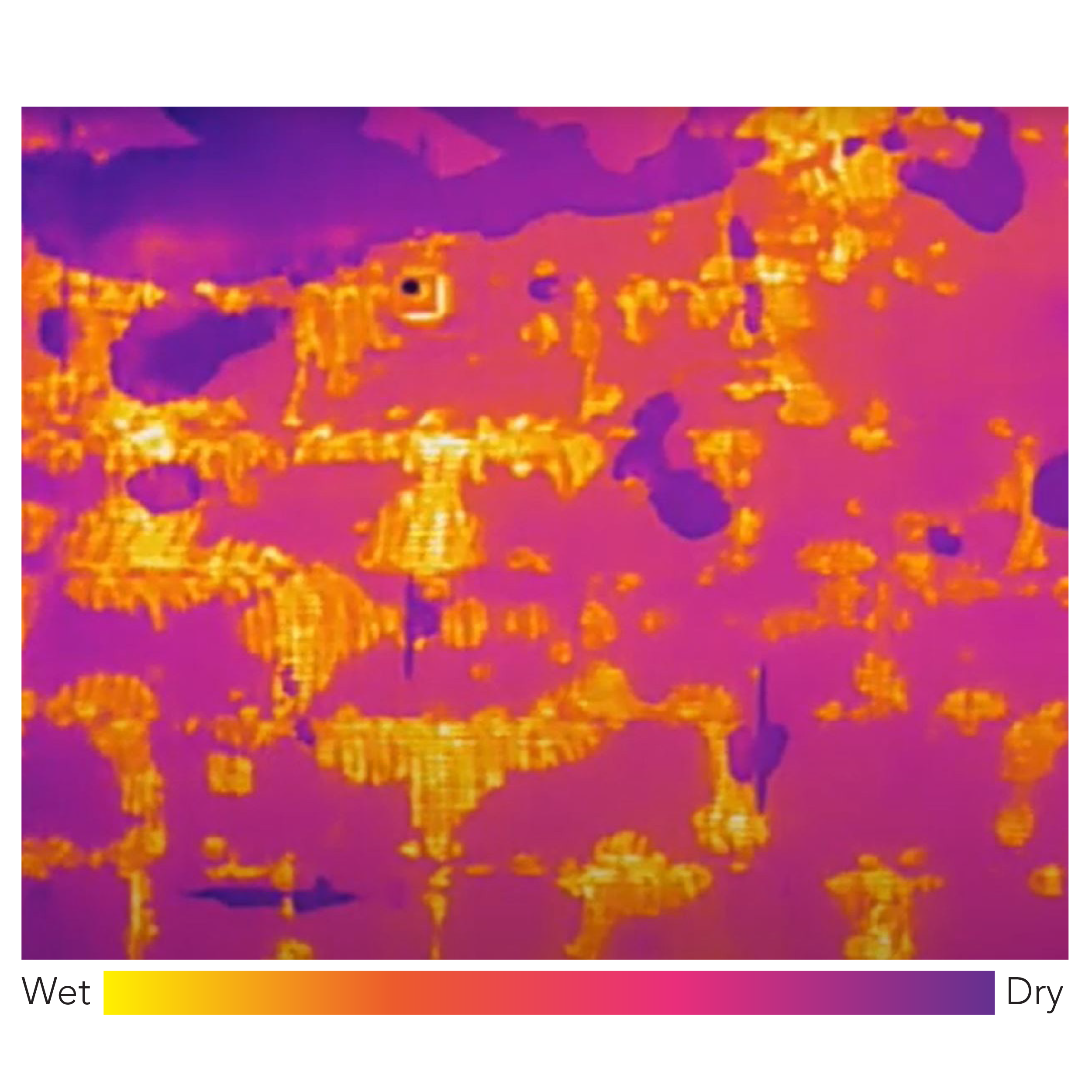 |
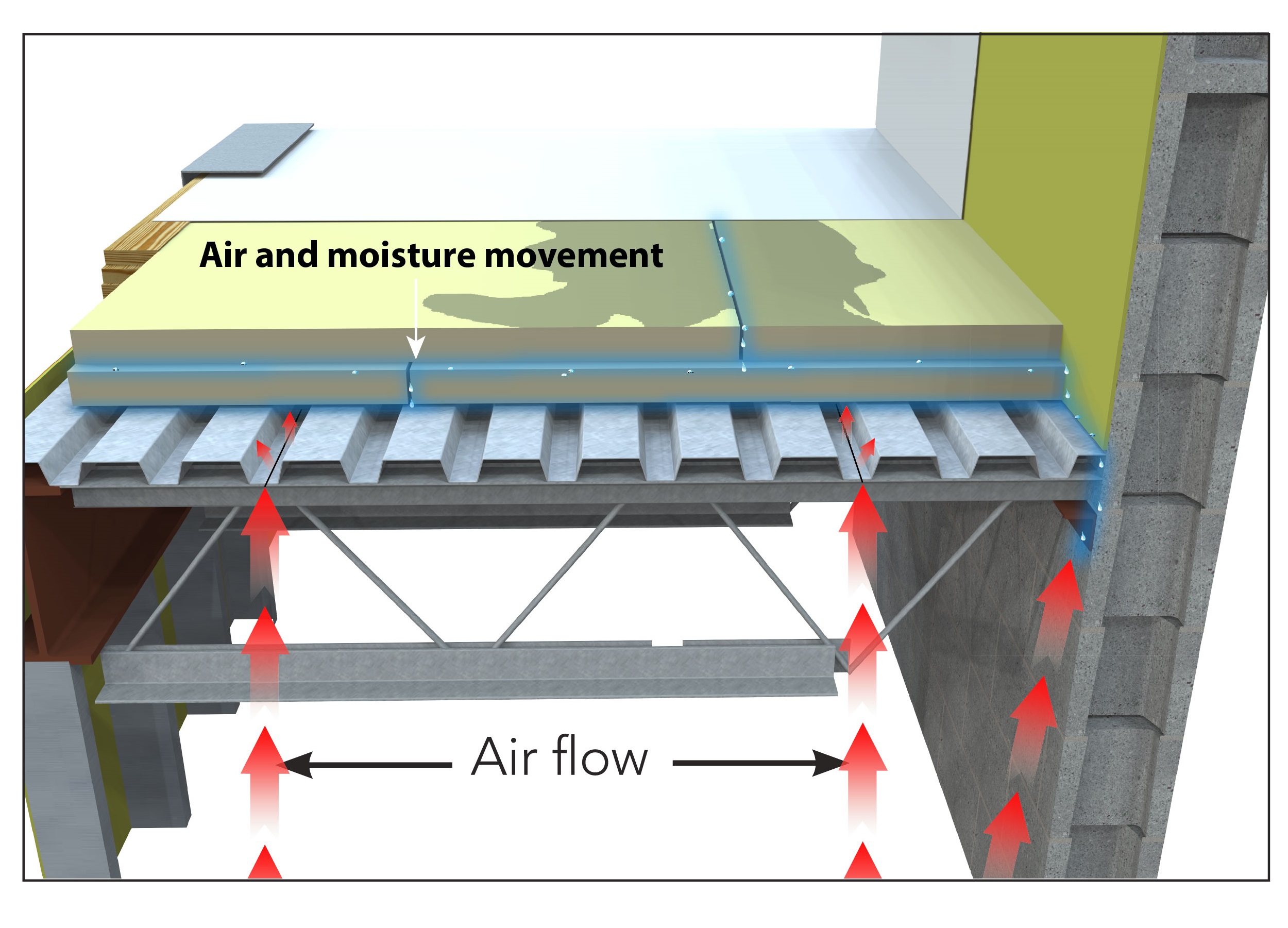 |
| The infrared image clearly shows moisture build-up beneath the roof membrane and within the roofing assembly. | When staggered ISO or the roof membrane is used as an air barrier, moisture-laden air from the interior spaces will penetrate the roofing assembly, resulting in performance issues and water damage. |
Quick Building Science Basic
When Air Moves So Does Moisture
|
|
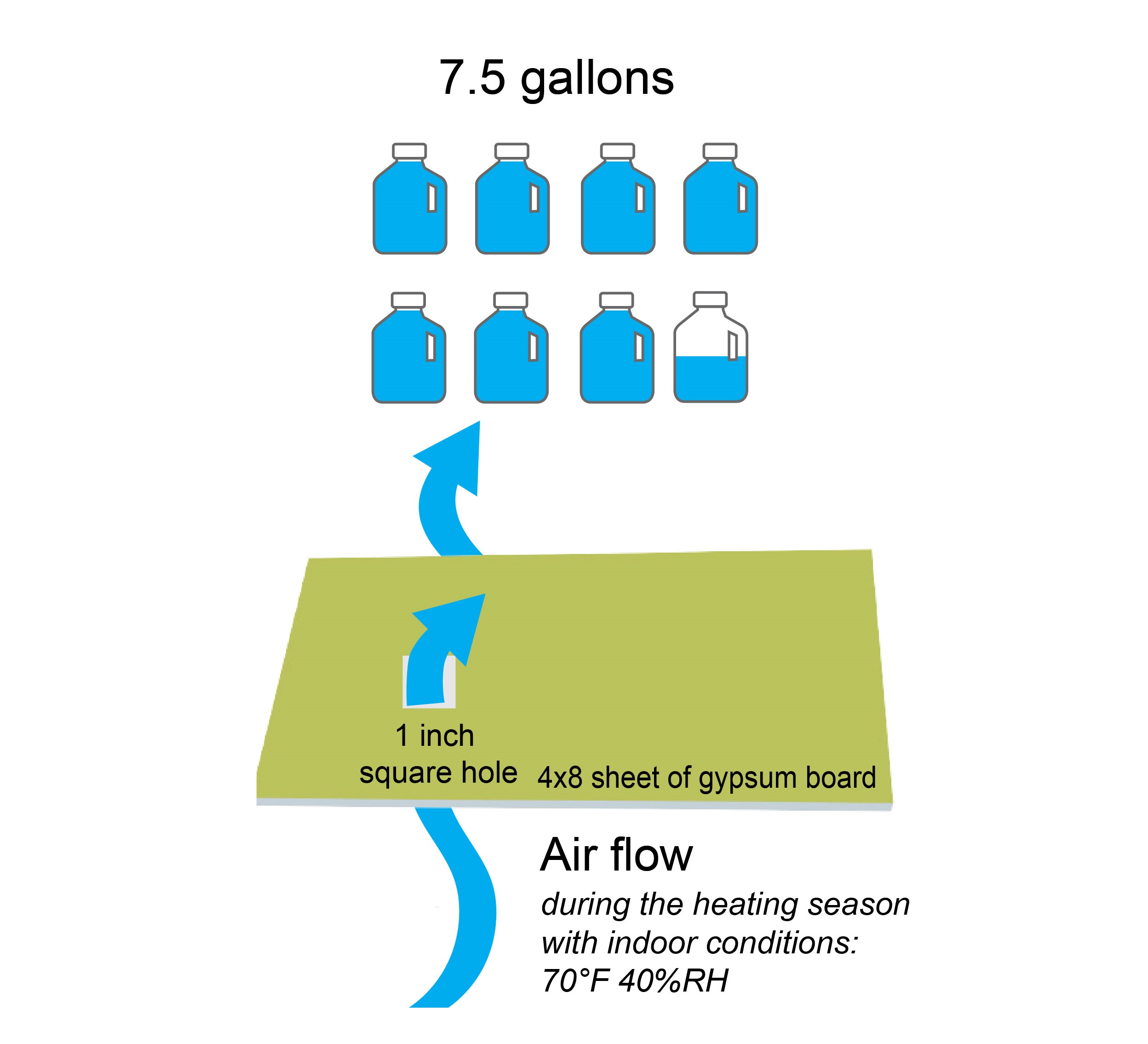 |
| Water piggybacks on air - when air moves, so does moisture. Air movement accounts for 70-90 percent of moisture vapor transport, making it the primary driver of moisture movement. | 95% more water vapor is transported by air flow. |
Solution: Moisture Control Membrane
 |
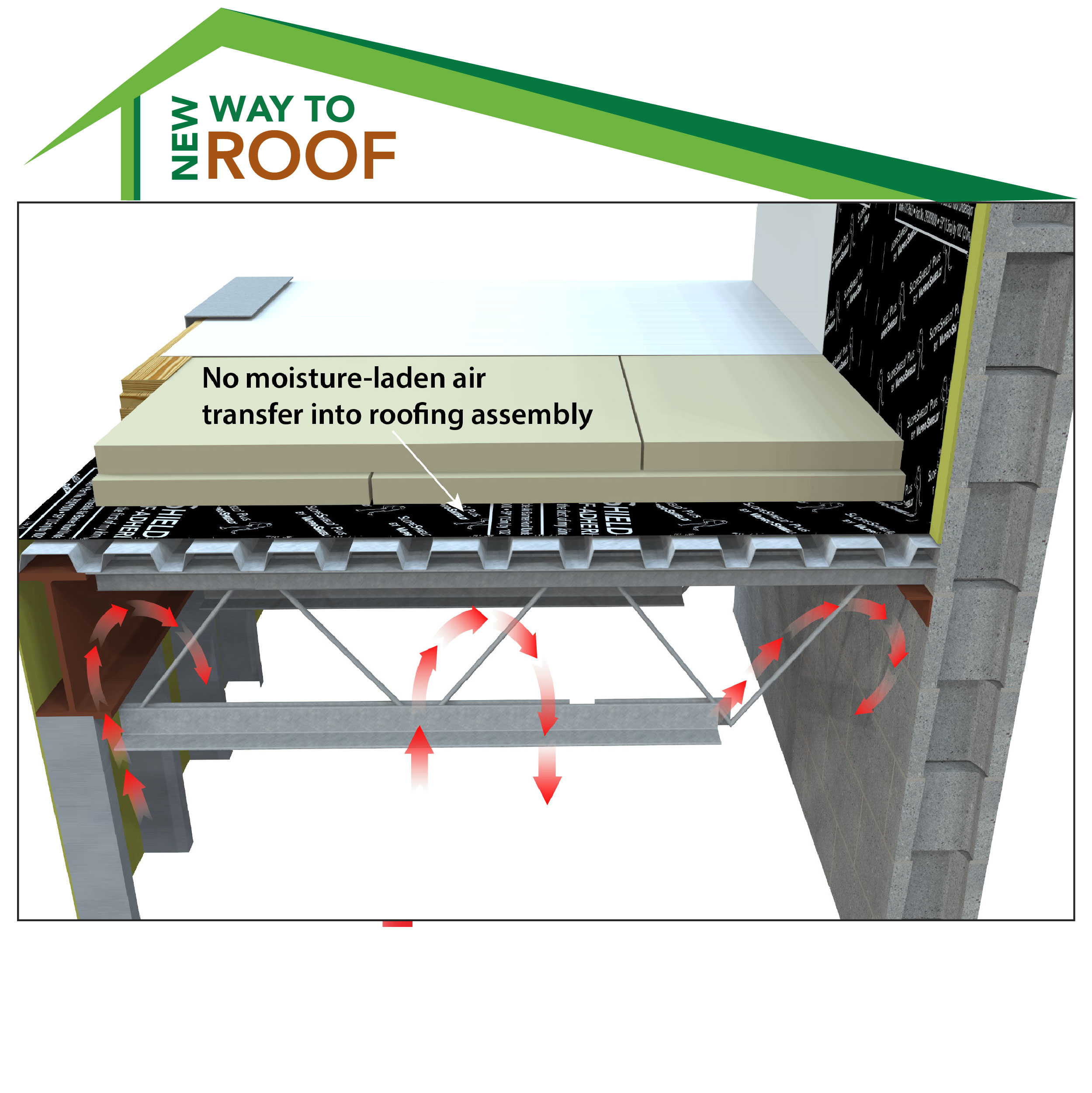 |
| This infrared image shows a properly designed and installed moisture control strategy for the roofing assembly. | Implementing Slopeshield Plus SA during the design phase, as a moisture control layer, blocks air and reduces moisture infiltration up to ~90%, enhancing roof resiliency and integrity. |
The SlopeShield Plus SA Difference
Moisture Protection Beyond the Surface
|
|
SlopeShield Plus SA functions as a continuous air barrier and permeable vapor retarder membrane:
|
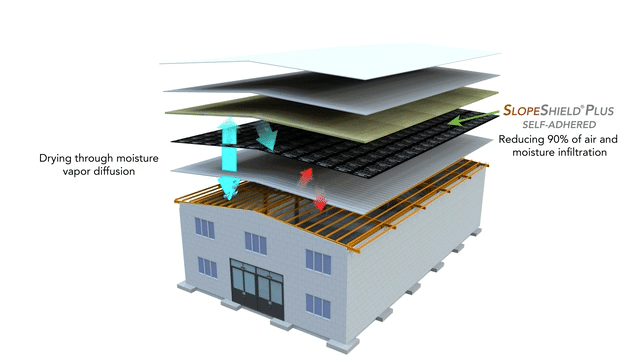 |
Learn More About SlopeShield Plus SA for Your Application
Specify SlopeShield Plus SA in DIV 07 as Your Preferred Code-Compliant Continuous Air Barrier
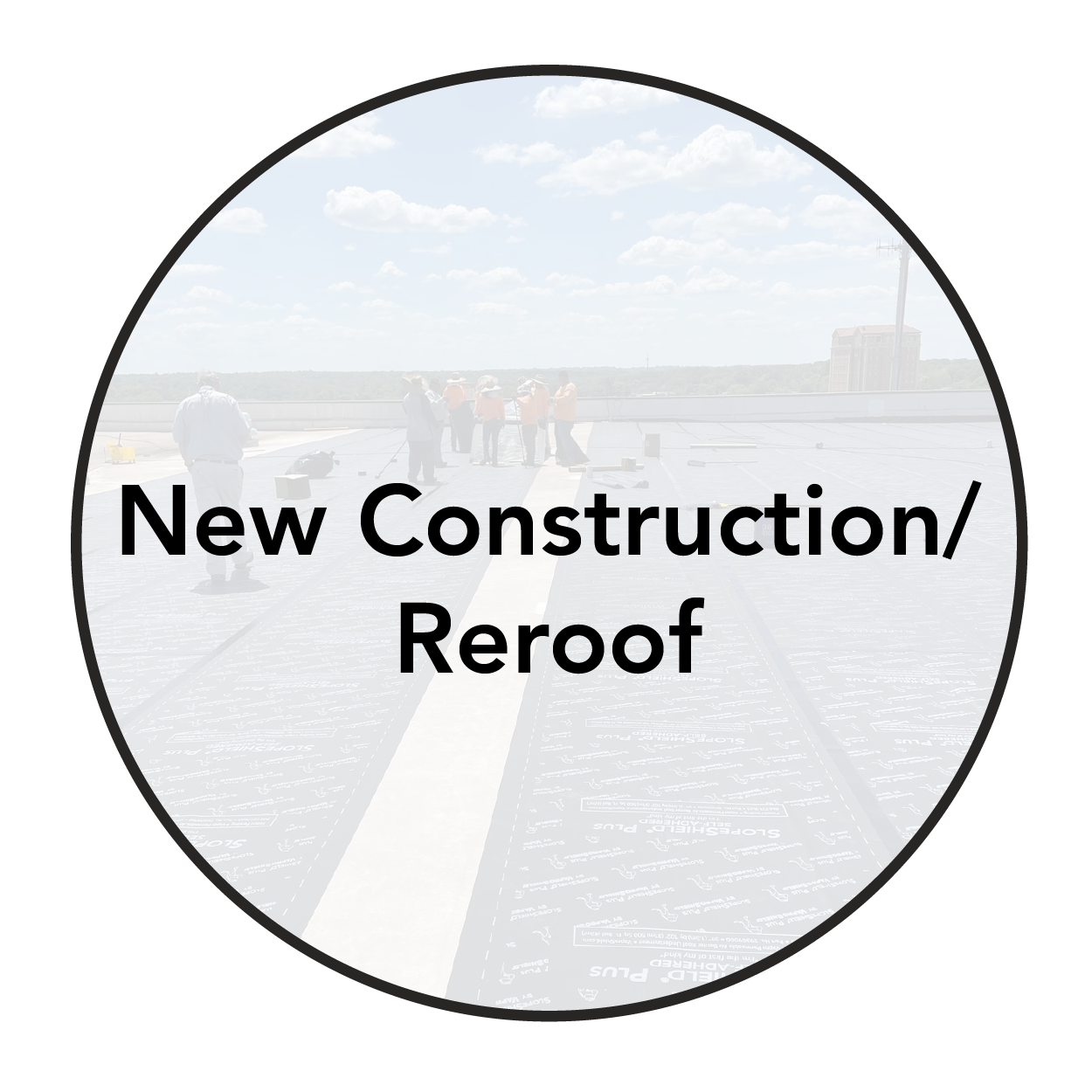 |
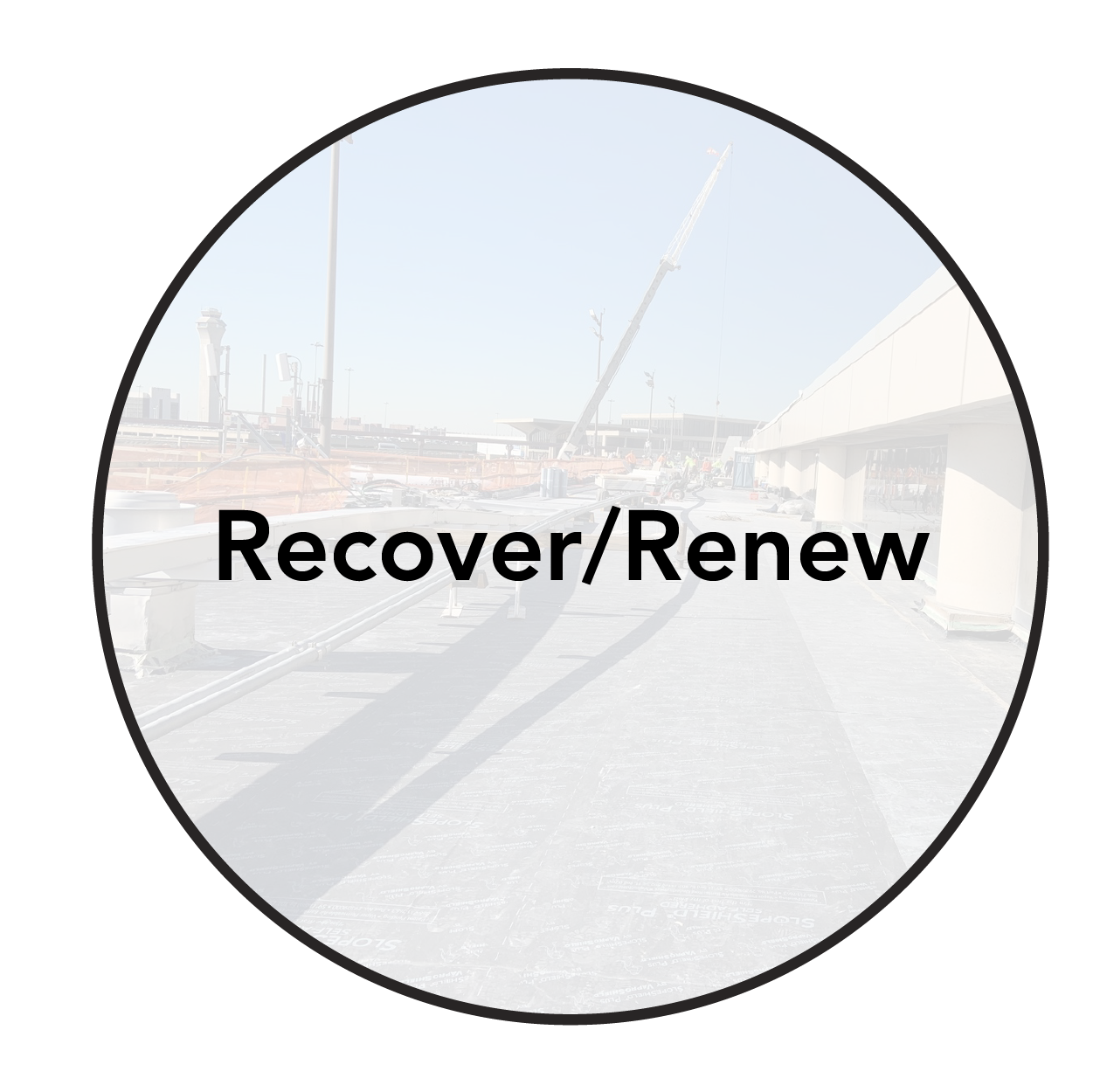 |
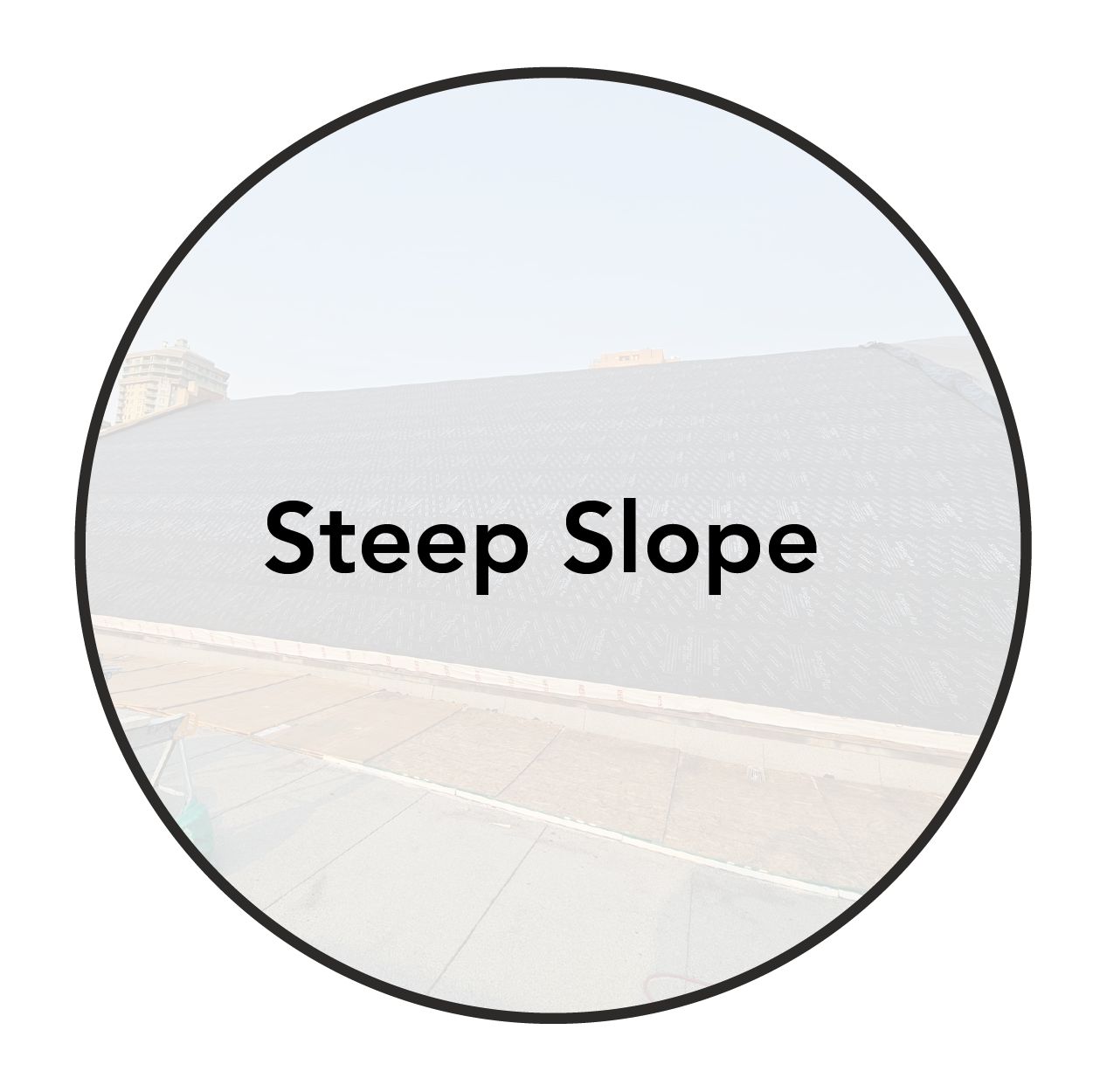 |
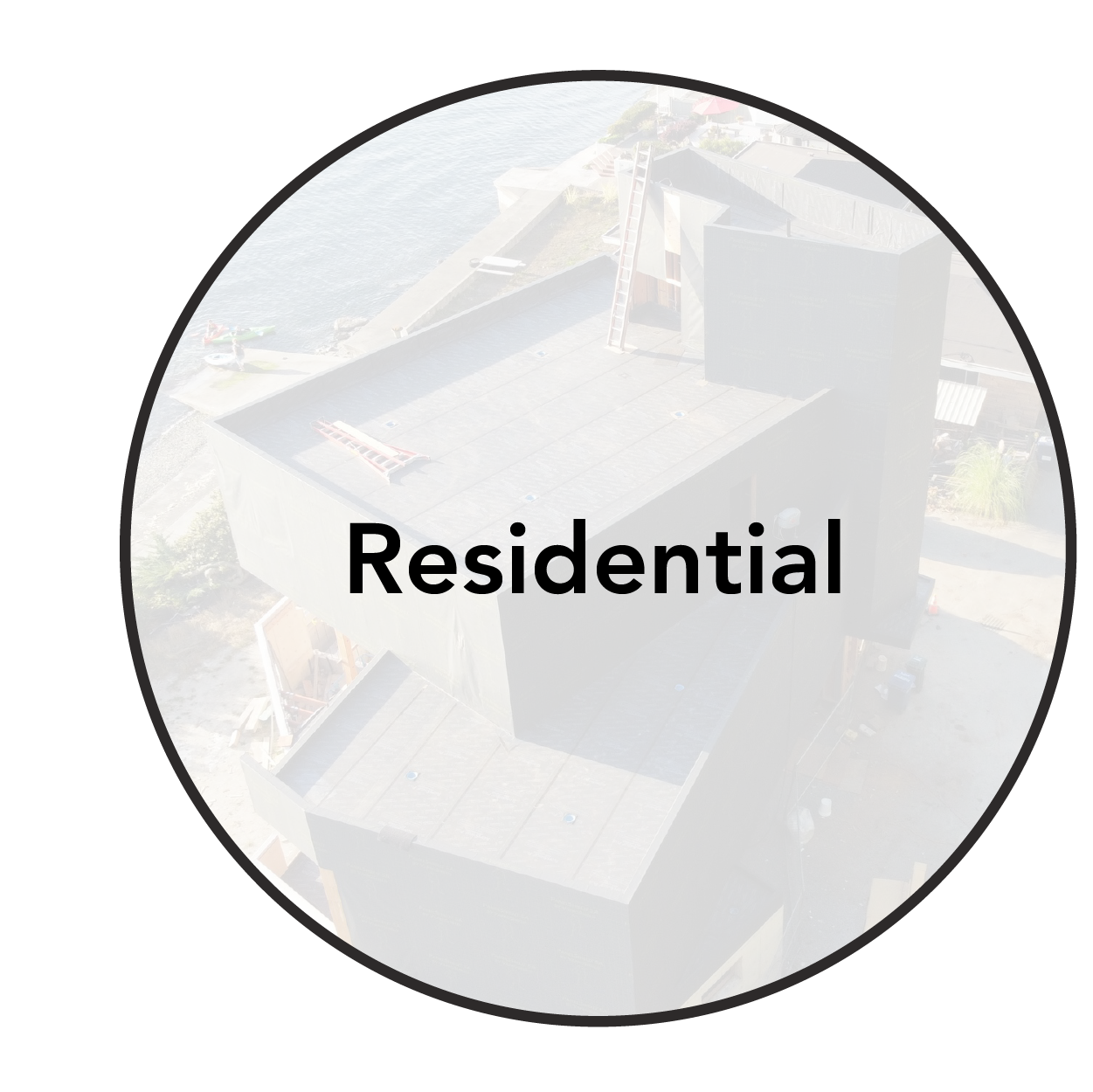 |


